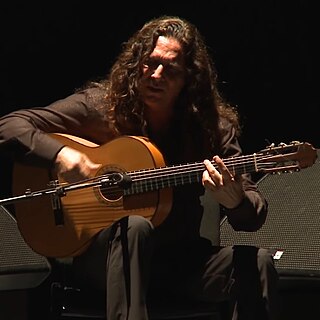
José Fernández Torres, known as Tomatito, is a Spanish roma flamenco guitarist and composer. Having started his career accompanying famed flamenco singer Camarón de la Isla, he has made a number of collaborative albums and six solo albums, two of which have won Latin Grammy Awards.

José Monje Cruz, better known by his stage name Camarón de la Isla, was a Spanish Romani flamenco singer. Considered one of the all-time greatest flamenco singers, he was noted for his collaborations with Paco de Lucía and Tomatito, and the three of them were of major importance to the revival of flamenco in the second half of the 20th century.

Estopa is a Spanish rock/rumba duo from Cornellà de Llobregat, Spain. Their songs "El Run Run" and "Cuando Amanece" reached number one on Billboard's chart in Spain, and "Con La Mano Levanta" reached number four. The band consists of brothers José and David Muñoz; their style includes rock, rumba, and flamenco genres. The band has stated, "We don't like to be easily categorized."

The 6th Annual Latin Grammy Awards were held in Los Angeles at the Shrine Auditorium on Thursday, November 3, 2005. It was the first ceremony to be broadcast by Univision in the United States. Ivan Lins was the big winner, winning two awards, including Album of the Year. He is the first and only Brazilian and Portuguese-language artist to win Album of the Year to date. Alejandro Sanz was honored with Record of the Year and Song of the Year. Juanes won three awards including Best Rock Solo Vocal Album.

The 7th Annual Latin Grammy Awards were held for the first time in New York City, NY. The awards show was held at Madison Square Garden on Thursday, November 2, 2006. Shakira was the big winner winning Album of the Year, one of four awards that she won. She is the first female artist to win Record of the Year, Album of the Year, and Song of the Year.

Luis Eduardo Aute Gutiérrez was a Spanish musician, singer, composer, and film director.
Evangelina Sobredo Galanes, known as Cecilia, was a Spanish singer-songwriter. She took her stage name from the song "Cecilia" by Simon and Garfunkel.

Estrella Morente is a Spanish flamenco singer. She was born on 14 August 1980 in Las Gabias, Granada in southern Spain. She is the daughter of flamenco singer Enrique Morente and dancer Aurora Carbonell.
The 8th Annual Latin Grammy Awards took place on Thursday, November 8, 2007, at the Mandalay Bay Events Center in Las Vegas, Nevada. The show aired on Univision. Juan Luis Guerra was the night's big winner, winning 5 awards including Album of the Year. Juan Luis Guerra was honored as the Latin Recording Academy Person of the Year one night prior to the telecast.

Olé is the ninth studio album by Spanish duo Azúcar Moreno, released on Sony International in 1998.

The 11th Annual Latin Grammy Awards were held on Thursday, November 11, 2010, at the Mandalay Bay Events Center in Las Vegas, Nevada. It was the third time the annual event had taken place at this location. The eligibility period for recordings to be nominated was July 1, 2009 to June 30, 2010. Nominations were announced on September 8, 2010. On September 14, 2010, it was announced that the Latin Recording Academy Person of the Year honoree would be Plácido Domingo. The big winners of the night were Camila, Juan Luis Guerra and Gustavo Cerati with three awards.
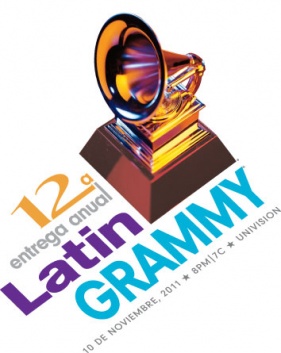
The 12th Annual Latin Grammy Awards was held on Thursday, November 10, 2011, at the Mandalay Bay Events Center in Las Vegas and was hosted by Lucero and Cristián de la Fuente. The eligibility period for recordings to be nominated is July 1, 2010 to June 30, 2011. The show will be aired on Univision.

The 13th Annual Latin Grammy Awards was held on Thursday, November 15, 2012 at the Mandalay Bay Events Center in Las Vegas, Nevada. It was the fifth time the awards was held at this venue and in Las Vegas. It also marks the last year in the Latin Recording Academy's contract where the Mandalay Bay Events Center hosted. It is unknown if the awards will continue to be held at this location beyond 2012.

The 15th Annual Latin Grammy Awards was held on November 20, 2014 at the MGM Grand Garden Arena in Paradise. This was the first time that Latin Grammys has been held at this location. The main telecast was broadcast on Univision at 8:00PM EST.
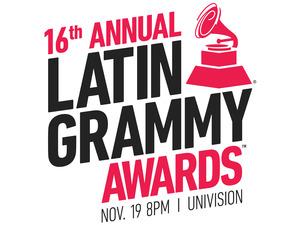
The 16th Annual Latin Grammy Awards were held on November 19, 2015 at the MGM Grand Garden Arena in Paradise. This is the second time that Latin Grammys will be held at this location, will be broadcast live on the Univision Network from 8–11 p.m. ET/PT.

The 17th Annual Latin Grammy Awards were held on November 17, 2016 at the T-Mobile Arena in Paradise, Nevada.

Raül Fernández Miró, better known as Raül Refree, is a Spanish music producer, musician and composer.

La Shica is the pseudonym of Elsa Rovayo, a Spanish pop singer with flamenco, Spanish dance, and classical ballet training capable of approaching singing and dancing by drinking in the copla and mixing and fusing it with urban sounds such as hip-hop and rap. Andreu Buenafuente said of her that she was "the coplera 2.0", also saying that she is the coplera of the 21st century. She has shared the stage with artists such as Martirio, Bebe, Jorge Drexler, Pau Donés, Manuel Carrasco, and Rosendo. In 2011 she won two Premios de la Música as Artista Revelación and Autor Revelación.
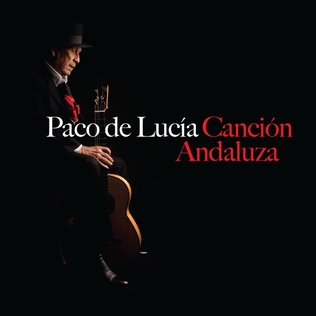
Canción Andaluza is the final studio album by Spanish musician Paco de Lucía, released on April 29, 2014 through Universal Music Spain. It was released posthumously after his death on February 25, 2014. Produced by de Lucía himself, it features collaborations with fellow Flamenco singers Estrella Morente and Vicente Castro "Parrita", and Venezuelan salsa musician Oscar D'León.
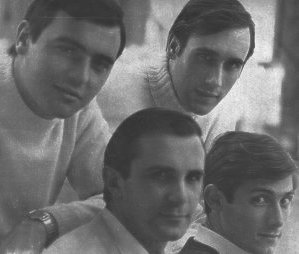
Cuarteto Zupay or simply Los Zupay, was an Argentinian Popular Music group formed in Buenos Aires in 1966 that remained active until 1991. The founding members were the brothers Pedro Pablo García Caffi (baritone) and Juan José García Caffi, Eduardo Vittar Smith (bass) and Aníbal López Monteiro.


















